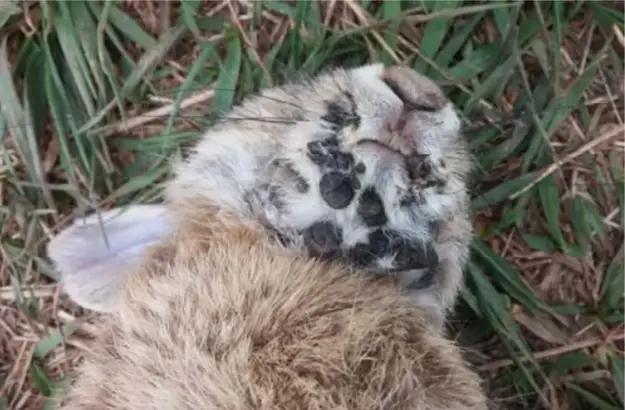T4K3.news
Wildlife health update from Colorado
Sighting of hornlike growths in wild rabbits linked to SPV; officials urge calm and distance from infected animals.
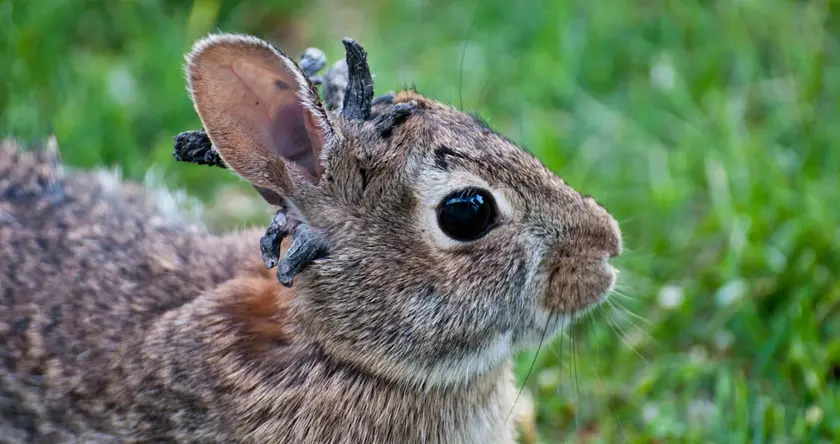
Northern Colorado residents report horned rabbit growths linked to a seasonal rabbit virus.
Colorado wild rabbits develop hornlike growths sparking wildlife health alert
Sightings of wild rabbits with hornlike, dark growths have been reported in northern Colorado. Observers describe the features as wartlike and waxy, sometimes resembling horns or tentacles. Officials say the changes are linked to Shope papilloma virus SPV, a virus that commonly affects cottontail rabbits during the summer when rabbit numbers and insect activity are higher. CPW notes about a dozen reports in the past week, but officials think the number of infections is low and that some sightings may involve the same animals.
There is no risk to humans or other animals, CPW says, but people and pets should avoid touching infected rabbits. Domestic rabbits housed outdoors could contract SPV from infected insects or wild rabbits. The agency does not recommend euthanizing wild rabbits, as most infected rabbits stay healthy unless the growths interfere with eating or drinking. If a dead rabbit is found, wearing gloves and handling it only if comfortable is advised.
Key Takeaways
"There is no risk of virus transmission to humans or other animals"
CPW statement about human and animal safety
"Domestic rabbits, if they are housed outside, could contract the virus from infected insects or rabbits"
CPW guidance for pet owners
"If someone sees a rabbit with the black tumors on its head or neck it is not a concern for Animal Control"
South Dakota animal control remark quoted in coverage
"Rabbits remain mostly healthy after contracting SPV"
Observed outcome of SPV in rabbits
The episode illustrates how wildlife health issues can capture public attention through unusual animal appearances. The careful, science-based messaging from wildlife officials helps prevent panic while offering practical guidance. The nickname Frankenstein rabbits shows how people translate biology into stories, underscoring the need for clear information to counter sensational takes.
As climate and insect activity shift, patterns like SPV may become more visible at the urban-wildlife edge. This case highlights the importance of balanced risk communication, especially about when to seek help and how to protect pets. It raises questions about how communities monitor wildlife diseases without normalizing fear or ignoring real ecological signals.
Highlights
- There is no risk of virus transmission to humans
- Observe from distance and report sightings
- Calm monitoring beats panic in wildlife health
- Summer heat brings more insects and more sightings
Ongoing observation will reveal how SPV moves through local rabbit populations this season.
Enjoyed this? Let your friends know!
Related News

CRPV in US Rabbits Sparks Public Concern
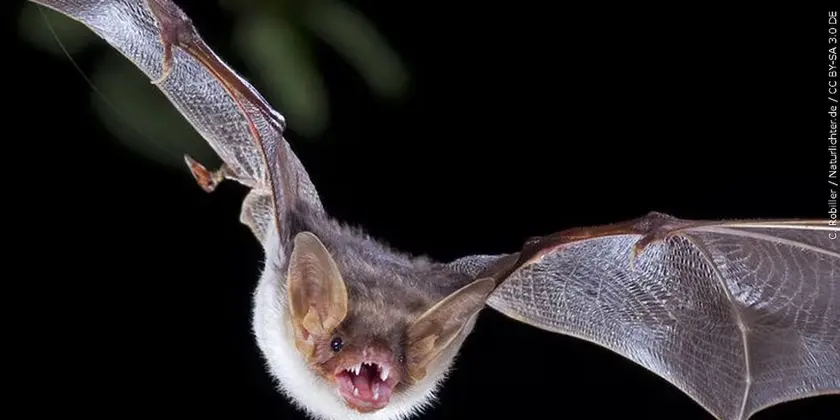
Bat found in Colorado Springs tests positive for rabies
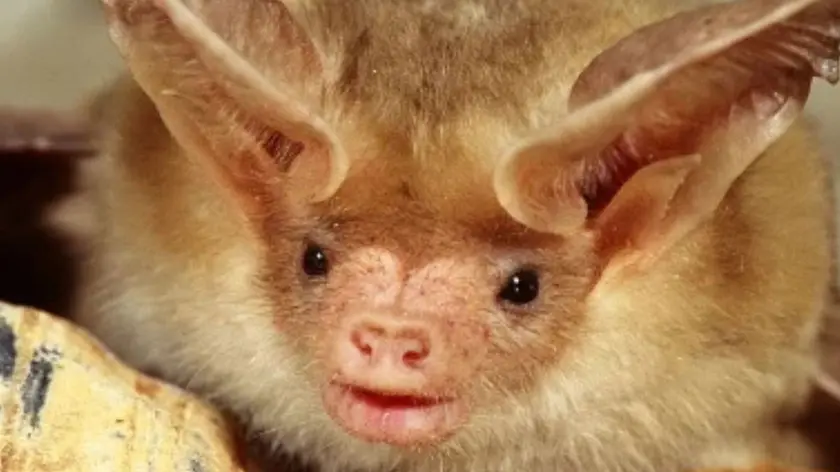
CPW investigates dead bats found near Black Forest

Unusual rabbits in Fort Collins prompt health guidance
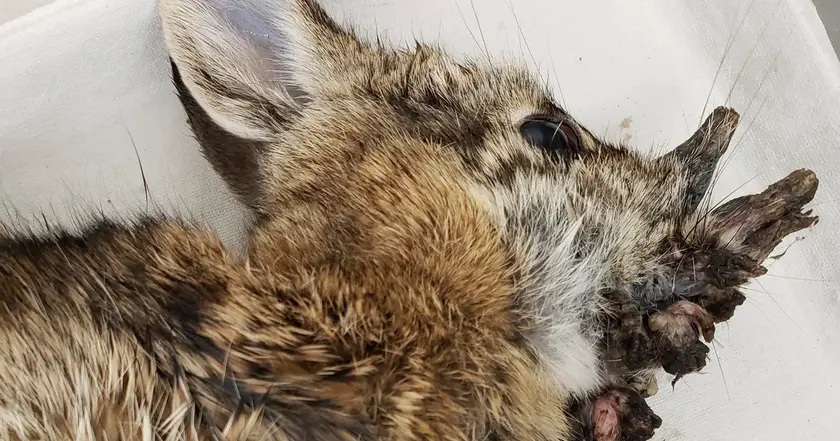
Colorado rabbits grow hornlike growths from a common virus
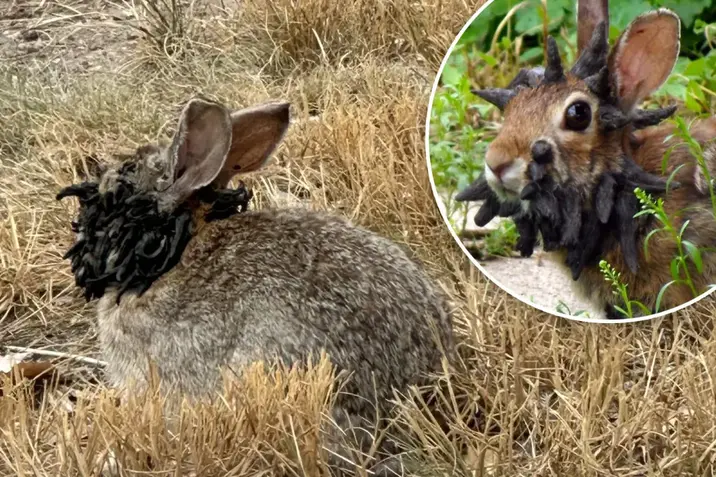
Frankenbunnies in Colorado raise wildlife health questions

Frankenstein rabbits alert

Frankenstein bunnies spotted in Colorado
